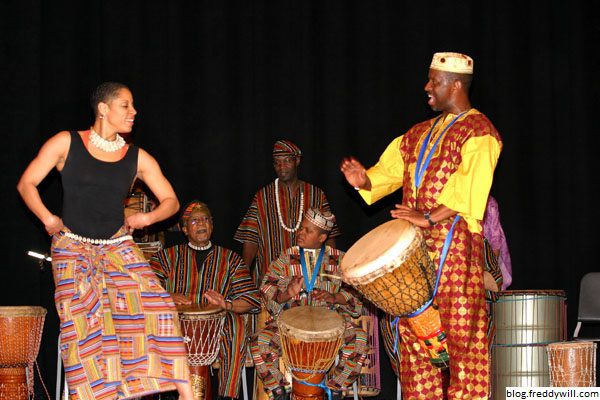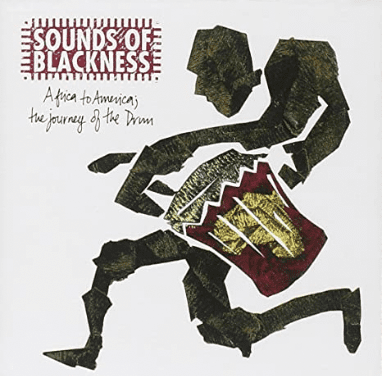
The Affect of Music in African Communities
Music unites African communities and allows everyone to join together for the community experience.
By Kaia Bruce
Music is performed at all major and minor African events. Some events include: royal functions, rituals, leisure activities, and festivals like the one shown on the left. Music is provided for entertainment for celebratory, social, and political events to bring the community together as a whole.
Music is created in the community by singing, clapping, dancing, stomping feet, playing instruments, and shaking rattles. It is performed as all gatherings as a way for the community to come together. When music is being created and played, it is often hard to distinguish audience from crowd because everyone joins and participates as a whole.





